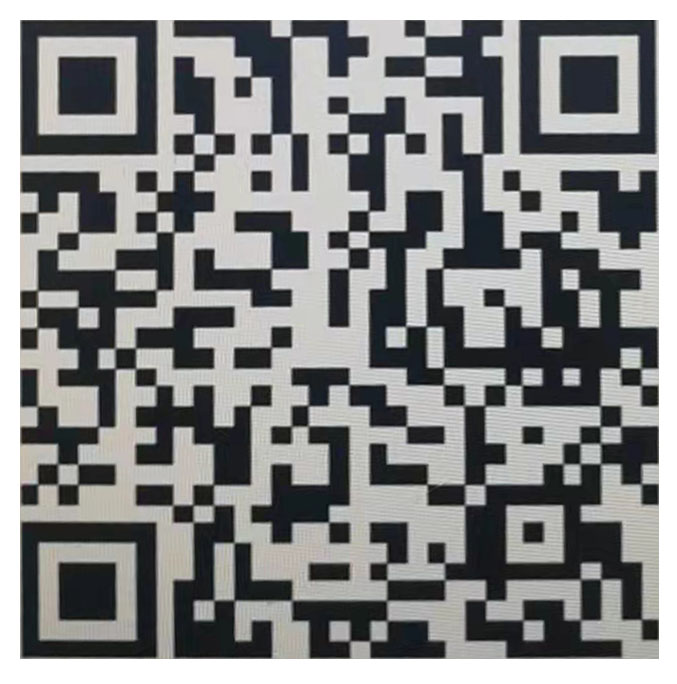The four practical methods for determining cable fault points mainly include bridge method, zero potential method, acoustic method (acoustic method), and capacitance current measurement method. These methods each have their own characteristics and are suitable for different types of cable faults.
1. Bridge method
Principle: Use a double arm bridge to measure the DC resistance value of the cable core wire, accurately measure the actual length of the cable, and calculate the fault point according to the proportional relationship between cable length and resistance.
Scope of application: Suitable for faults where there is a direct short circuit between cable cores or where the contact resistance at the short circuit point is less than 1 Ω. For faults where the contact resistance at the fault point is greater than 1 Ω, the method of applying high voltage to burn through can be used to reduce the resistance to below 1 Ω, and then measured according to this method.
Advantages: High measurement accuracy, with a general error of no more than 3m for fault diagnosis with low contact resistance.
2. Zero potential method
Principle: Potential comparison method, parallel connect the cable fault core wire with a comparison wire of equal length, apply pressure at both ends, and locate the fault point by measuring the potential difference.
Scope of application: Suitable for ground faults of short cable cores.
Advantages: Simple and accurate measurement, no need for precision instruments and complex calculations.
3. Acoustic methods (acoustic measurement)
Principle: Search for faults based on the sound of cable discharge. When the capacitor is charged to a certain voltage value, it discharges the faulty core wire of the cable. At the fault location, the cable core wire discharges to the insulation layer, producing a "sizzling" spark discharge sound. The sound is amplified by an audio amplification device to locate the fault point.
Scope of application: It is more effective for flashover discharge of insulation layer on high-voltage cable cores.
Advantages: Intuitive and easy to operate, especially for exposed cables, which can be directly searched through auditory means.
4. Capacitive current measurement method
Principle: During cable operation, there is capacitance between the core wires and between the core wires and ground, and this capacitance is evenly distributed. The capacitance is linearly proportional to the length of the cable, and the fault location can be calculated by measuring the capacitance current.
Scope of application: The measurement of cable core wire breakage faults is very accurate
Advantages: The measurement process is simple, as long as the voltage remains constant, the ammeter reading is accurate, and the total cable length measurement is precise, the measurement error is relatively small.
summary
The above four methods each have their own advantages, disadvantages, and scope of application. In practical applications, the appropriate measurement method should be selected based on the specific situation of cable faults and on-site conditions. At the same time, in order to ensure the accuracy and effectiveness of the measurement, attention should also be paid to the accuracy of the measuring equipment and the standardization of the measurement steps.

The ZC-700A cable fault tester can be used to detect low resistance, high resistance, short circuit, open circuit, leakage faults, and flashover faults of various cables. It can accurately detect the fault point location, cable length, and cable burial path of underground cables. It has the characteristics of accurate testing, high level of intelligence, wide adaptability, stable performance, and lightweight portability. The instrument adopts a Chinese character system, high-definition display, and user-friendly interface.
Cable tracing and fault location are composed of a pathfinder, a locator, a T-probe, an A-frame, an earpiece, etc. This instrument is a specialized instrument for cable fault location testing, suitable for testing various cables with metal conductors (wire pairs, protective layers, shielding layers). Its main functions are to locate and test points of poor ground insulation, detect cable paths, and test cable burial depth.
Kvtester Electronics Technology Co.,Ltd. is a high-tech enterprise specializing in power testing, testing, research and development, production, and sales of testing equipment. It has been engaged in the electrical testing industry for many years, and its products are of high quality. We welcome customers to come and purchase. Service hotline: 0086-27-81778799, to learn more, visit the official website: www.kvtester.com





